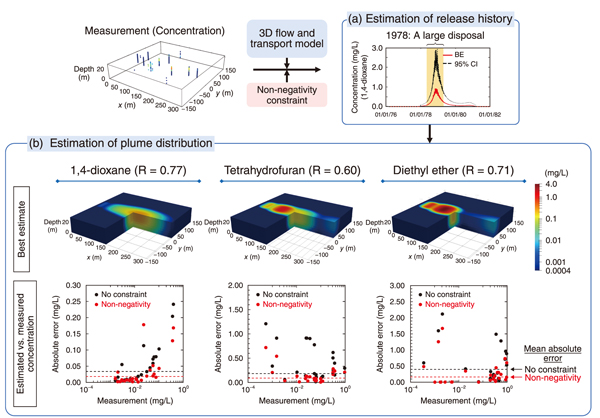
Fig.1 Estimation of a three-dimensional (3D) contaminant plume of groundwater contamination at a landfill in Canada
When assessing the effect of groundwater contamination by radioactive nuclides or hazardous chemicals and planning for remediation, the contaminant plume distribution should be estimated accurately. If the temporal release history of the contaminant plume is known, the contaminant plume distribution can be estimated by numerical simulation of groundwater flow and contaminant transport model. However, in real-world events, the release history is rarely identified or recorded.
Although the release history may be unknown, the extent of the plume caused by a known source can be estimated using a geostatistical method with flow and transport modeling. When assuming a steady flow, the contaminant concentration is linearly related to the release history. By taking advantage of this relationship, the contaminant plume distribution can be calculated inversely from the limited concentration data. However, the preceding geostatistical approaches have two drawbacks: (1) no applications of three-dimensional plume estimation in real situations, and (2) no constraints for the estimation of the plume distribution, which could yield negative concentration and large uncertainties.
To solve these problems, a non-negativity constraint using Gibbs sampling was incorporated into the geostatistical method. This method was then tested on groundwater contamination by chemicals at a landfill in Canada, using 3D contaminant transport model (analytical solution) and multiple concentration data in 1982. The results show that the peak of 1,4-dioxane corresponding to a large disposal in 1978 is clearly reproduced (Fig.1(a)). In addition, the estimated plume distributions of the three contaminants were more accurate than the results of the preceding method (Fig.1(b)). Thus, the applicability of the proposed method to study real-world contamination was demonstrated.
The method can estimate the contaminant plume distribution and the associated uncertainty simultaneously. Therefore, the result is helpful not only to plan remediation effectively, but also to determine the number and location of additional measurements. To improve the estimation accuracy, uncertainty in the hydrogeological structure should be incorporated. We expect that this method will contribute to understanding the underground contamination at TEPCO’s Fukushima Daiichi NPS site.
This research was a part of the result of contract work supported by the Nuclear Regulation Authority, Japan, “A Study on Decommissioning Risk Assessment (FY2021).”
(Shizuka Takai)